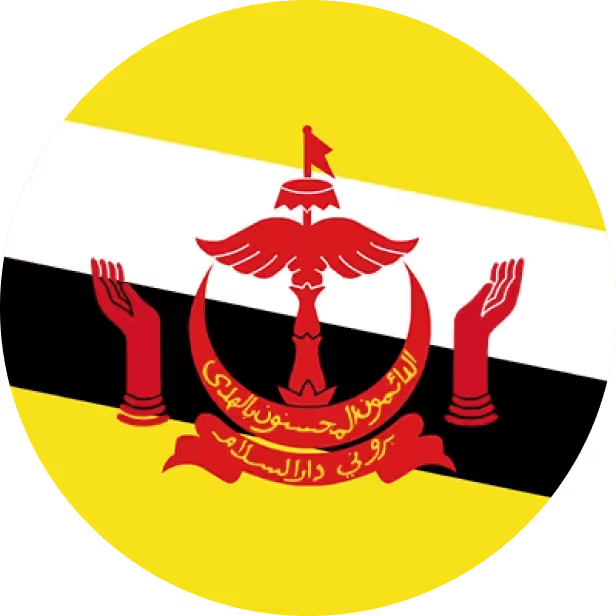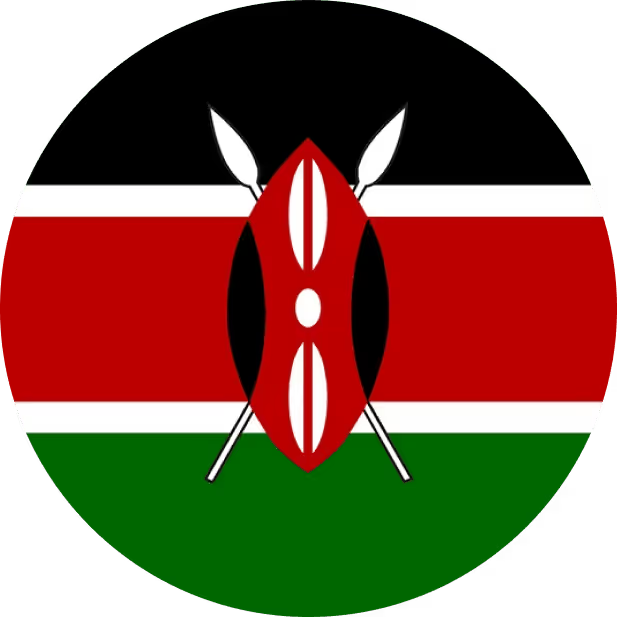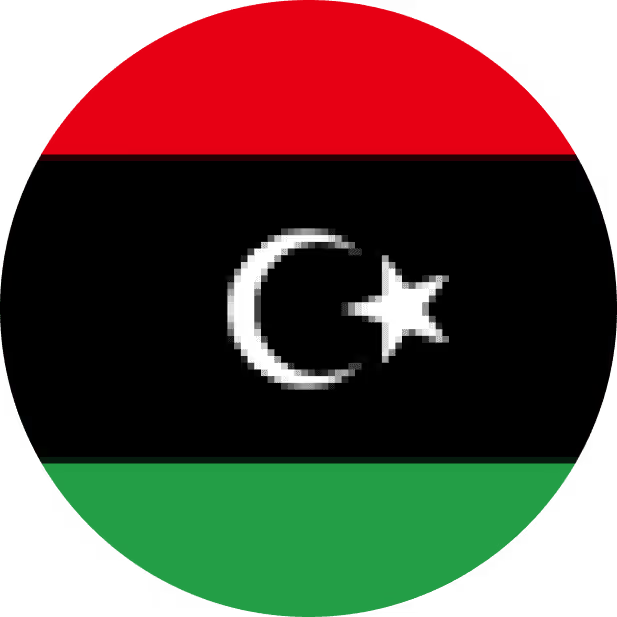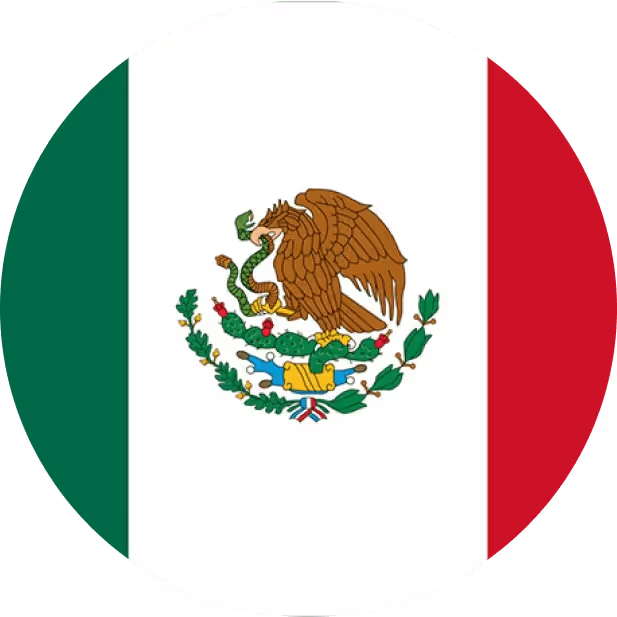What is tribal leadership?
You’ve seen the teams, the barely functional, long faces, or rolling eyes in meetings or whispering “this place is a circus” in the break room. And then there are those rare teams that just *click*, they’re unstoppable, like a pack of wolves hunting together. The difference? Understanding the invisible glue that holds people together (or tears them apart.
Tribal leadership isn’t some academic theory, It’s a battle-tested way to understand how groups, the team, the departments of your whole company function like tribes. Every group evolves through five stages, from toxic hot messes to world-changing powerhouses. Each stage has its own vibe, language, and level of “we’re in this together” energy.The higher the stage, the more your team gets shit done without whining or backstabbing. Most teams are stuck in the middle stages, bickering like middle schoolers or obsessed with “I’m great, you’re not.” Tribal Leadership shows you how to nudge them up the ladder without resorting to trust falls or those cringe-worthy icebreaker games.
Let’s break down the five stages and how you, the HR badass, can use them to level up your team.
Stages of tribal leadership:
Every team operates at one of five stages, you’ll spot your crew in one of these. Each stage has its own personality, from soul-crushing despair to “we’re changing the world” swagger.
Stage 1: “Nothing matters"
Stage 1 teams aren’t just unproductive, they’re a breeding ground for sabotage, gossip, and straight-up chaos. They’re not just disengaged, they’re hostile, cynical, and probably stealing staplers just to feel something. They don’t just hate their jobs; they hate everything. Their language? “This place is a joke,” “Nobody cares,” or “Why even bother?”
Stage 2: “My Life Sucks” whiners
These folks show up, but they act like they’re doing you a favor. They’re passive, checked out, and their favorite pastime is moaning about how nothing ever changes. “I’m just here for the paycheck” is their mantra, and they deliver the bare minimum to keep their job.
You’re not dealing with outright rebellion, but you’re also not getting results that make anyone proud. To move them up, you’ve got to get personal. Find out what’s got them so miserable, maybe it’s a micromanaging boss or a project that feels pointless.
Stage 3: “I’m Great, you’re not” egomaniacs
The land of the lone superstars, where everyone thinks they’re the best thing and Wi-Fi and their coworkers are just background noise. It's the corporate default, people are competent, driven, and delivering results, but it’s every man for himself. They hoard credit, compete like it’s a cage match, and secretly believe everyone else is an idiot. “I did this,” “I’m the best,” or “If only they’d listen to me” is a constant.
This is also a creativity killer. Sure, you get results, but it’s a solo act, not a team effort. Collaboration? It's tricky because these folks look productive on paper, but they’re holding your team back from greatness. The fix is to shift the focus from “me” to “we.”
Stage 4: “We’re great” squad
Teams which are all about “we,” not “me.” They trust each other, share goals, and actually enjoy working together. They’re not perfect, there’s still drama sometimes but they’re aligned and kicking ass as a unit. This is where productivity soars, turnover drops, and people start saying, “I love my job” without a hint of sarcasm.
Stage 5: “We’re changing the world” unicorns
The teams which are beginners of legends, its like spotting a unicorn in the office parking lot. They’re not just great, they’re obsessed with a bigger purpose, like revolutionizing the industry or solving a global problem. They’re selfless, innovative, and unstoppable.
Shield these teams from corporate bureaucracy, give them room to dream, and don’t let the number-crunchers kill their vibe. Hiring is critical, so bring in people who buy into the mission 110%. These teams are rare, but when it clicks, it’s game-changing.
Why are most teams stuck?
Most teams are stuck, neither good, nor bad, and it’s not because your employees are inherently lazy or evil. Humans are messy, and tribes form based on how people talk, act, and vibe. The problem is, most companies don’t even realize they’re stuck, let alone know how to climb the ladder.
Can you build a tribe that doesn’t suck?
This is where the rubber meets the road. Here’s how you can turn their teams into tribes that don’t just stick along but actually thrive. No trust falls, no icebreakers, just real moves that work.
Start by listening like a detective. Pay attention to what people say in meetings, emails, or casual chats. Are they “me” focused or “we” focused? That’s the clue to them. Then, start small. Pair together on projects where they have to collaborate. Celebrate team wins, not solo heroics. And don’t be afraid to call out toxic behavior, just do it with tact, not a sledgehammer.
This is where the rubber meets the road. Here’s how you can turn their teams into tribes that don’t just stick along but actually thrive. No trust falls, no icebreakers, just real moves that work.
- Find your tribe’s “Why”: Your team needs a reason to exist beyond “make money” or “hit KPIs.” It is about a clear, gut-level “why” that gets everyone fired up. Dig until you hit something specific, something that makes people sit up straighter. Then plaster that “why” everywhere, meetings, emails, Slack channels. Make it the heartbeat of your tribe.
- Kill the lone wolf vibe: The “I’m great, you don't know shit not” might look good in movies but they’re poison to collaboration.The focus should be “we” by designing projects that force teamwork if you catch someone hoarding credit, call it out, not to shame them, but to show them team wins make them shine brighter.
- It begins with trust: Tribes should run on trust, not fear or competition. If people don’t feel safe to screw up or speak up, you’re stuck in the lower stages. When someone takes a risk and it flops, don’t hang them out to dry. Over time, those small moments add up to a culture where people have each other’s backs.
- Celebrate the “We” wins: Recognition shapes culture, so stop hyping individual achievements and start spotlighting team efforts with proper clarity"The way marketing and sales teamed up to nail that client pitch was epic” . It reinforces the “we have a great vibe” and makes people want to keep it going.
- Hire for the tribe, not just the resume: One bad hire can drag a tribe from “killing” to death. Skills are great, but culture fit is non-negotiable.Onboarding is just as critical. Don’t just throw new hires into the deep end, introduce them to the tribe’s “why” and values from day one.
Why is tribal leadership the superpower?
Engagement surveys, pizza parties, and “open door” policies are fine, but they don’t fix the root of why teams suck. Tribal Leadership gets to the core, how people connect, communicate, and commit to something bigger than themselves. It’s not about quick fixes; it’s about building a culture that’s alive, resilient, and ready to take on anything.
Don't be the paperwork police and start being the architect of a culture people actually want to be part of. You’re not just managing headcount, you’re shaping a tribe that can take on the world (or at least hit your quarterly goals without a meltdown). Tribal Leadership gives you the tools to make it happen, without the jargon or fluff.
Conclusion
A tribe isn’t a walk in the park. It’s messy, it’s human, and it’ll make you want to scream sometimes. But when it clicks, the team starts saying “we” instead of “I,” when they rally around a shared goal, when they stop bitching and start building, you’ll know it was worth it. HR isn’t just about compliance or hiring. It’s about creating a culture where people don’t just show up but show out. Tribal Leadership is your playbook to make that happen.














































.avif)